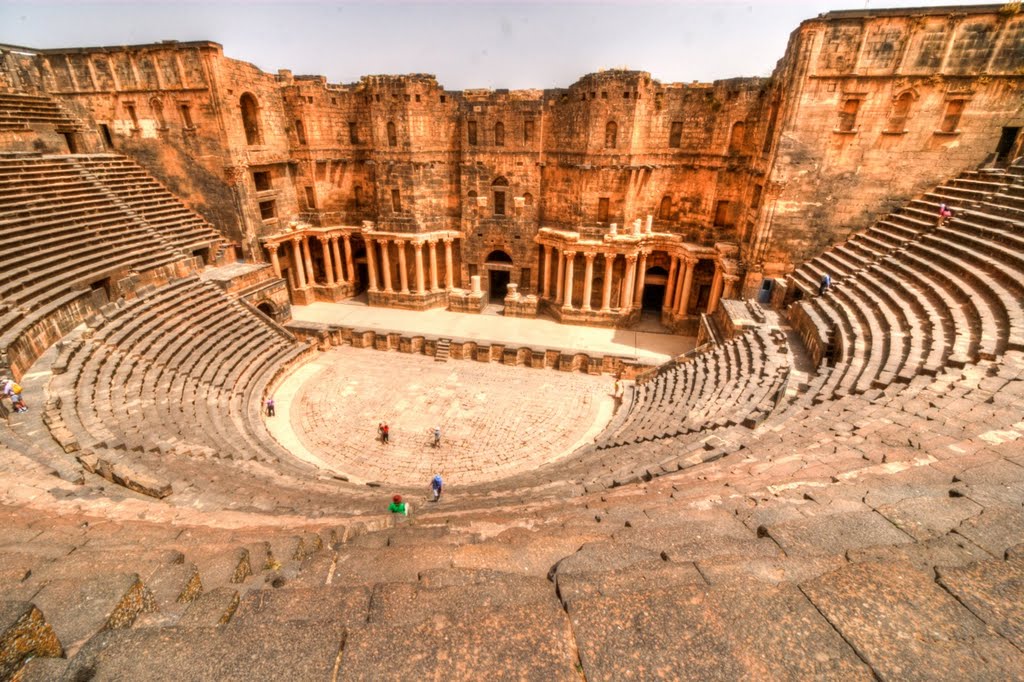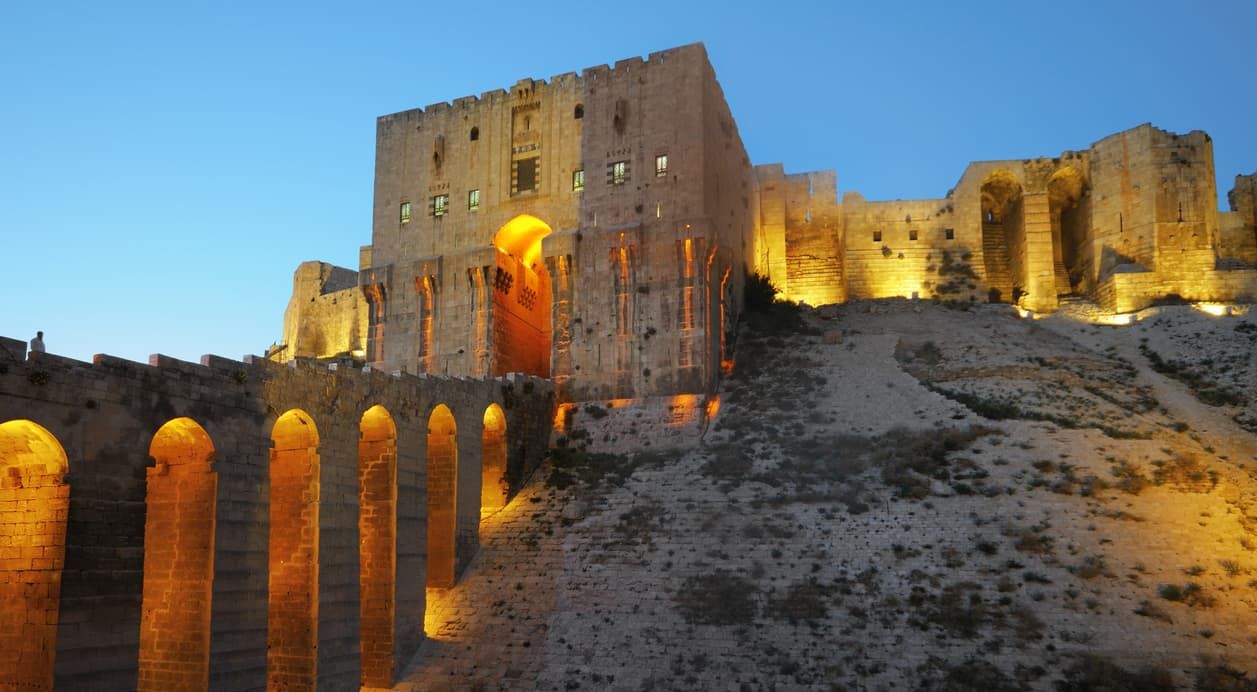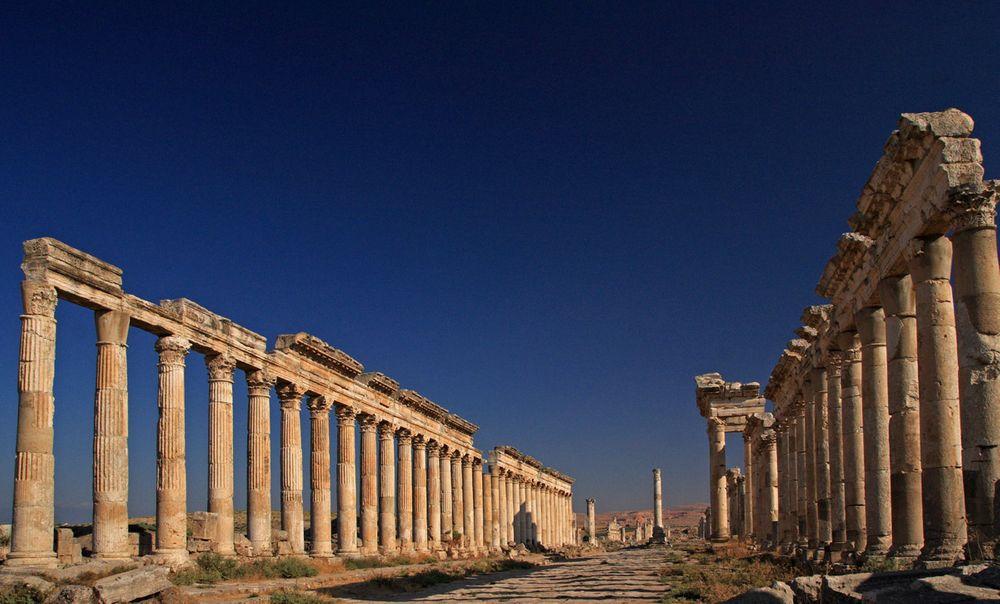Palmyra
Palmyra, known as the "Pearl of the Desert", is an acient city in Syria that thrived as a vitul trade hub between the East and West. It reflects a rich blend of cultures and history. Palmyra was a thriving city of the ancient world, whose impressive UNESCO-listed ruins are located in Syria. Originally known by the Semitic name of Tadmor meaning date palm which is now the name of the neighbouring modern town Palmyra was once a commercial hub along a busy trade route. References to Palmyra appear in the Bible as well as in other historical writings, some dating as far back as the 2nd millennium BC. However, it was from the 1st century BC that affluent caravan owners stopped there along the old Silk Road, contributing to its wealth.


